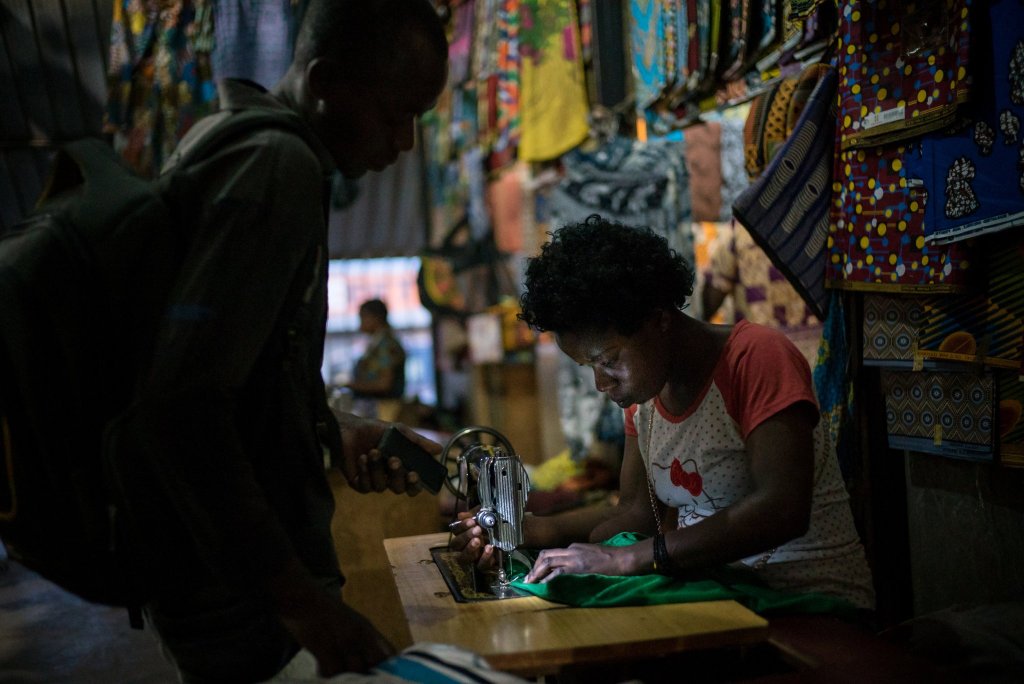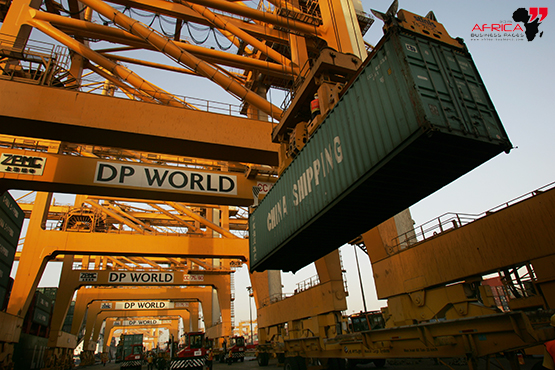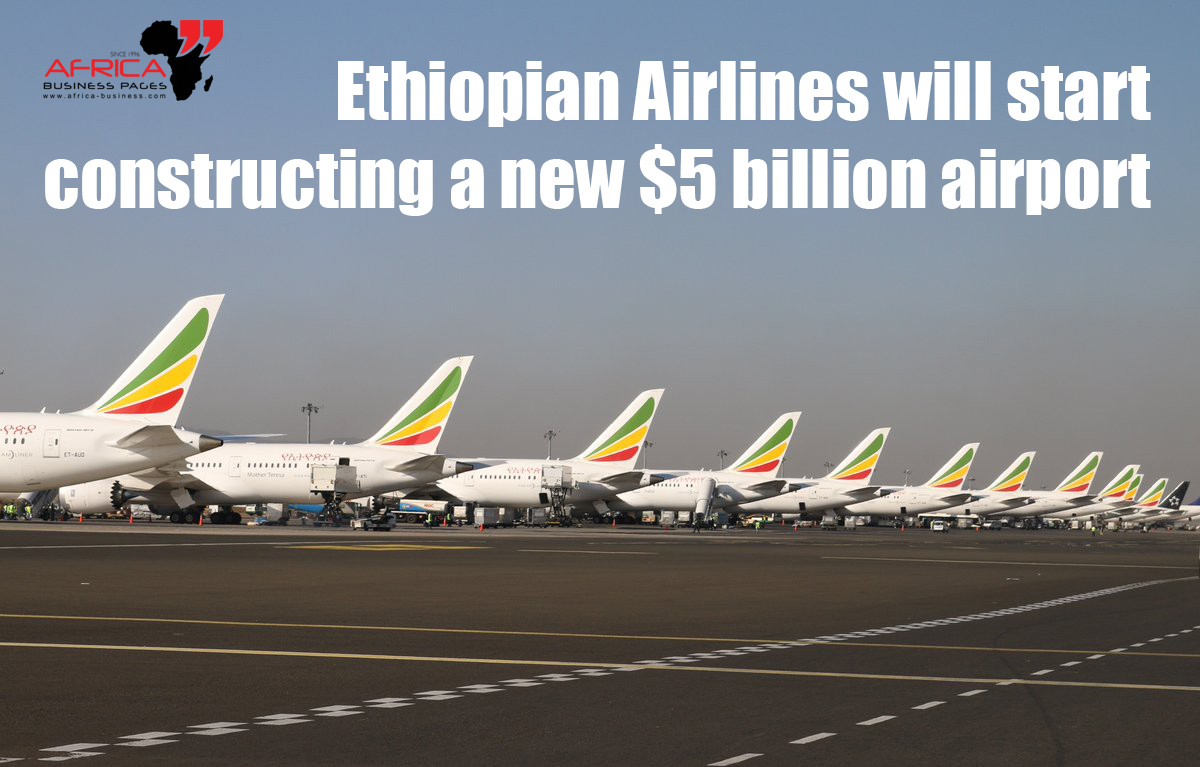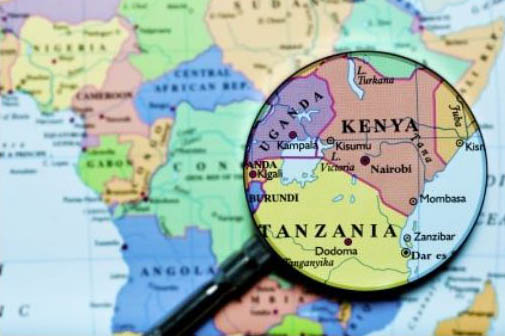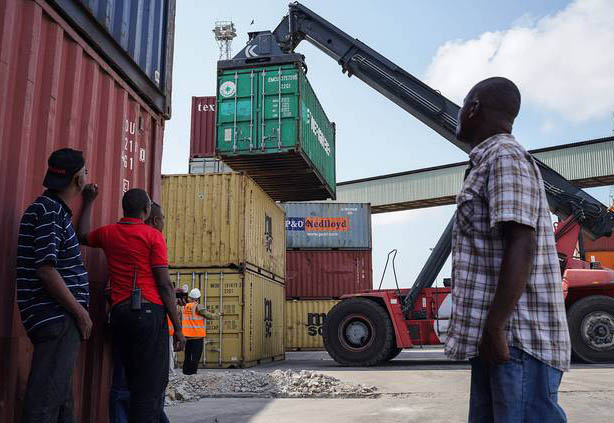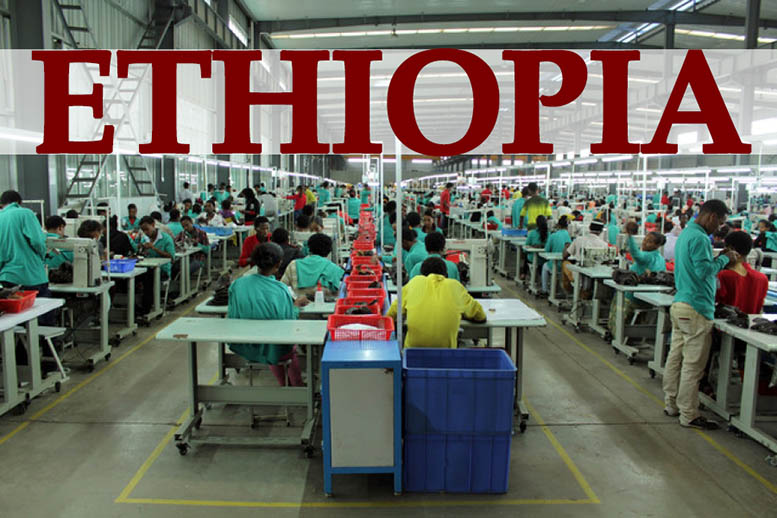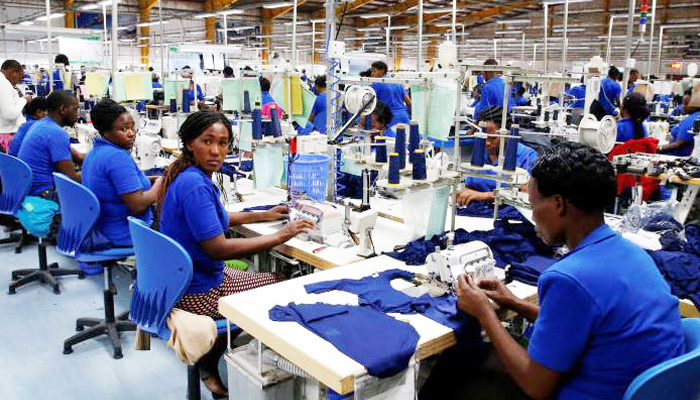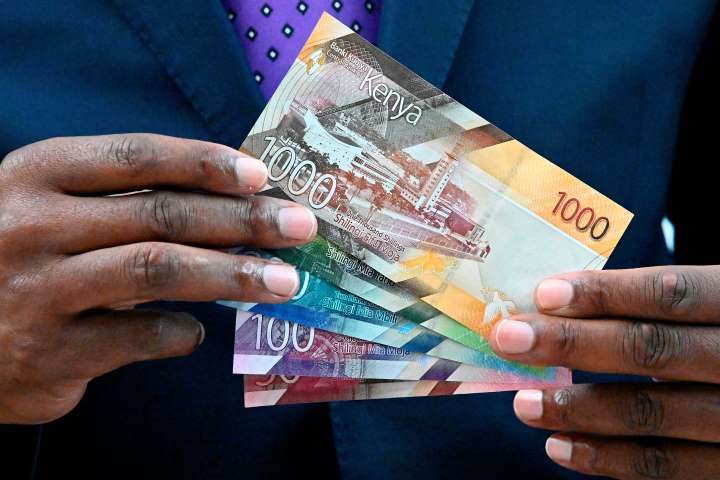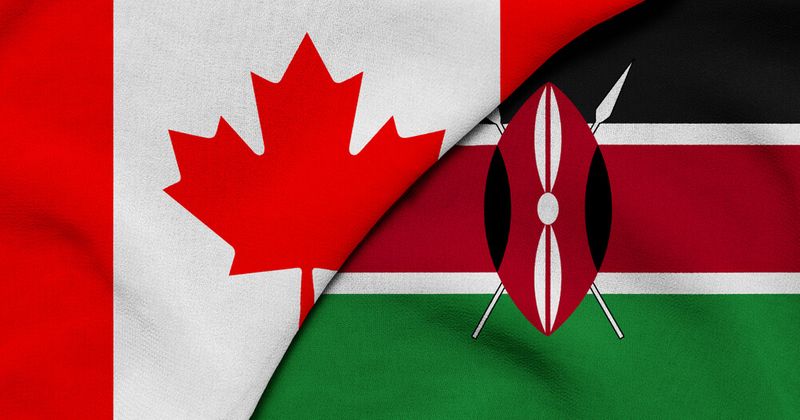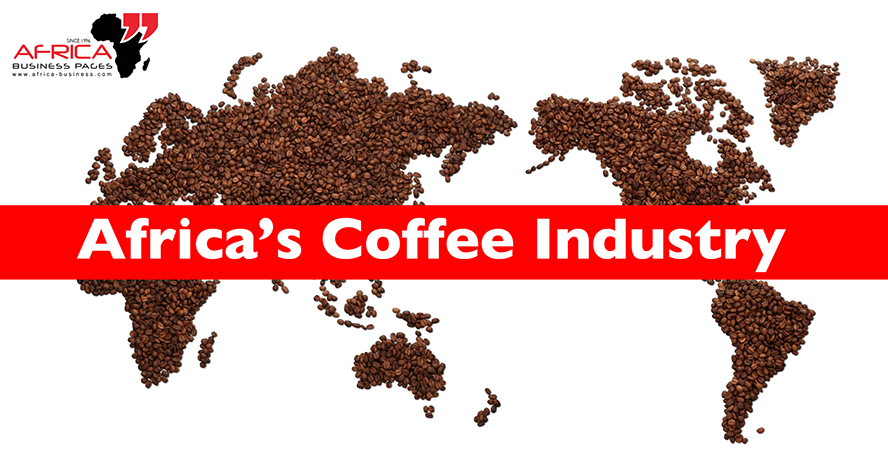Kenya’s Blooming Flower Industry
Kenya's economy largely relies on the agriculture sector. Horticulture sub-sector is one of the top foreign exchange earners for the country generating approximately US $ 1 billion annually. The sub-sector contributes roughly 1.25% to the national GDP while flower exports contributes nearly 1% from the flower industry. It has grown in significance to a vibrant flower industry worldwide.
The flower industry is also one of the largest employers in the country, providing employment to over 100,000 people directly and an estimated 2 million people indirectly, mostly women.
It is estimated that in Kenya, over 500,000 people, including over 100,000 flower farm employees depend on the floriculture industry impacting over 2 million livelihoods.

The main production areas in Kenya are around Lake Naivasha, Mt. Kenya, Nairobi, Thika, Kiambu, Athi River, Kitale, Nakuru, Kericho, Nyandarua, Trans Nzoia, Uasin Gishu and Eastern Kenya. The main cut flowers grown in Kenya are roses, carnations, and Alstromeria. Other flowers cultivated include, Gypsophilla, Lilies Eryngiums, arabicum, hypericum, Statice, a range of summer flowers amongst many others.
Kenya is the leading exporter of rose cut flowers to the European Union (EU) with a market share of alsmost 40%.
Approximately 50% of exported flowers are sold through the Dutch Auctions, although direct sales are growing. In the United Kingdom, supermarkets are the main outlets. Over 25% of exported flowers are delivered directly to these outlets, providing an opportunity for value addition at source through sleeving, labelling and bouquet production. Kenyan flowers are sold in more than 60 countries.
Europe accounts for nearly 70% of Kenya's cut flower exports and coronavirus restrictions had slashed daily orders by half, threatening thousands of jobs in East Africa's richest economy. The biggest buyers of cut flowers are the EU and the US, but the biggest growers and exporters are the Netherlands, Ecuador, Colombia, Kenya and Ethiopia. Roses, carnations and chrysanthemums are the most popular blooms.
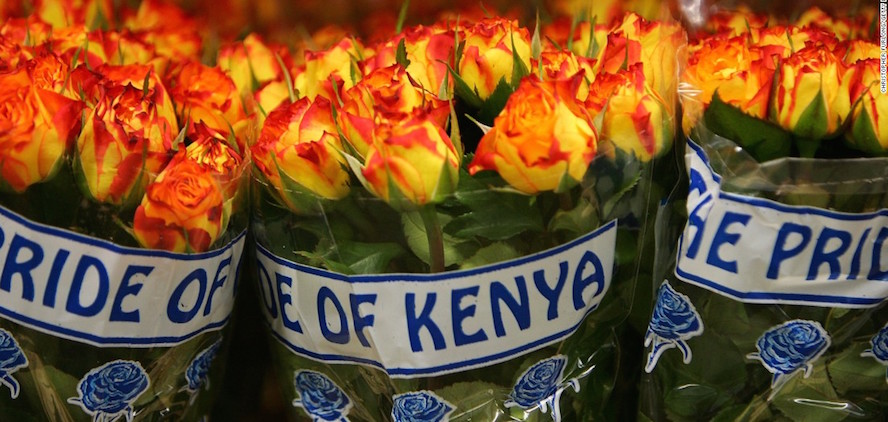
Kenya’s Flower Industry
The industry continues to attract investors due to solid infrastructure, favourable climate, global-positioning of Kenya and a productive workforce. It comprises large, medium and small scale producers who have attained high management standards and have invested heavily in value addition through adoption of modern technology in production, precision farming and marketing.
The farmers utilize technologies some of which includes drip irrigation, fertigation systems, greenhouse ventilation systems, net shading, pre-cooling, cold storage facilities, grading, bouqueting, fertilizer recycling systems to prevent wastage, wetlands for waste water treatment, artificial lighting to increase day length, grading/packaging sheds, and refrigerated trucks.
On the global front, a growth of 5% is anticipated every year over the next five years. To be a part of this opportunity, Kenya is going to continue investing and expansion in growth rate than previous years.
Going forward, the industry will continue benchmarking itself against other producer countries. Information thus gathered will be useful in formulating strategies, to capture prospects of expansion in current and emerging markets.
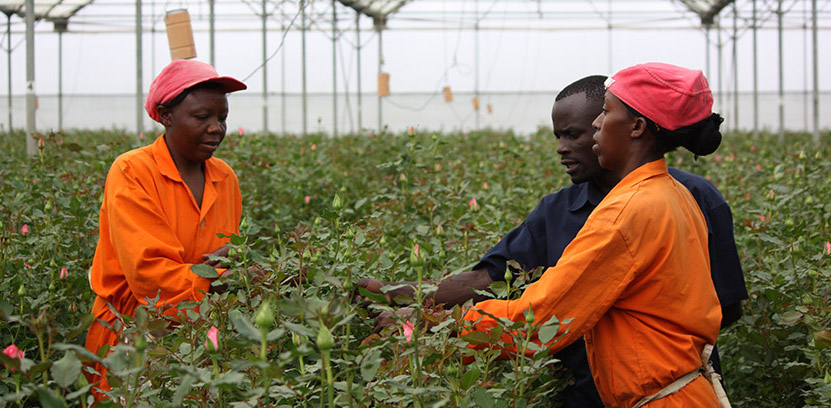
Kenya Flower Council (KFC)
The Kenya Flower Council is a voluntary association of independent growers and exporters of cut-flowers and ornamentals, established in 1996, with the aim of fostering responsible and safe production of cut flowers in Kenya with due consideration of workers welfare and protection of the environment. Against this background the Council has become the focal point for industry representation, promotion, and compliance to pertinent local and international standards deemed necessary to secure, expand and sustain markets.





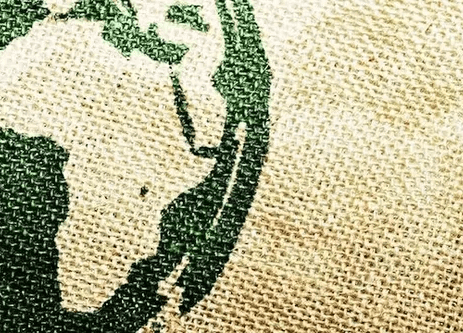


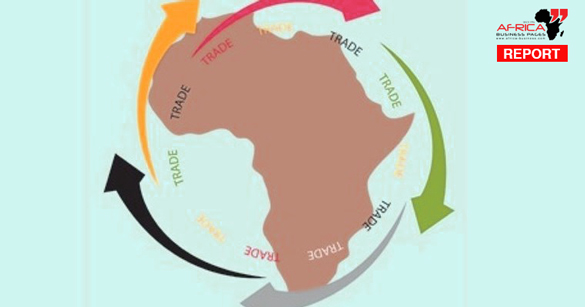
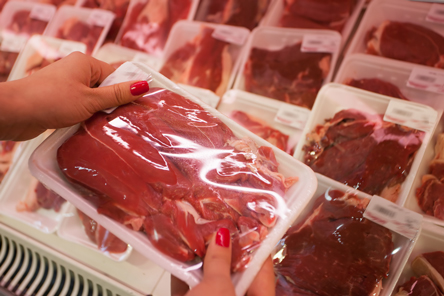
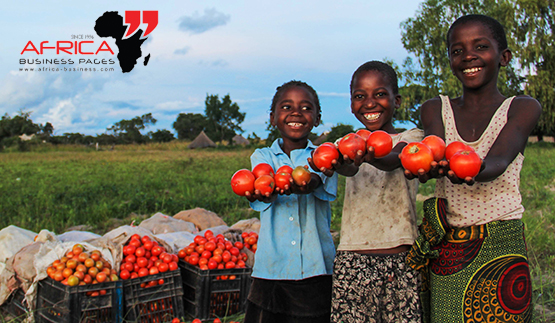


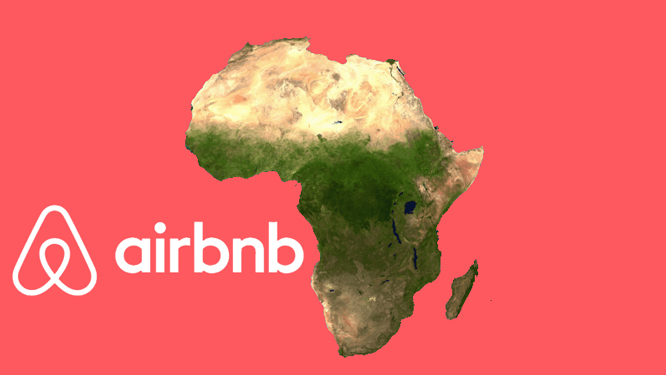


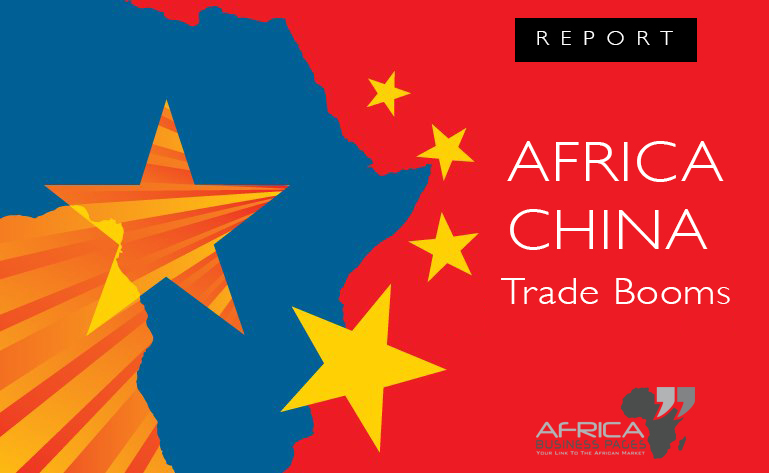

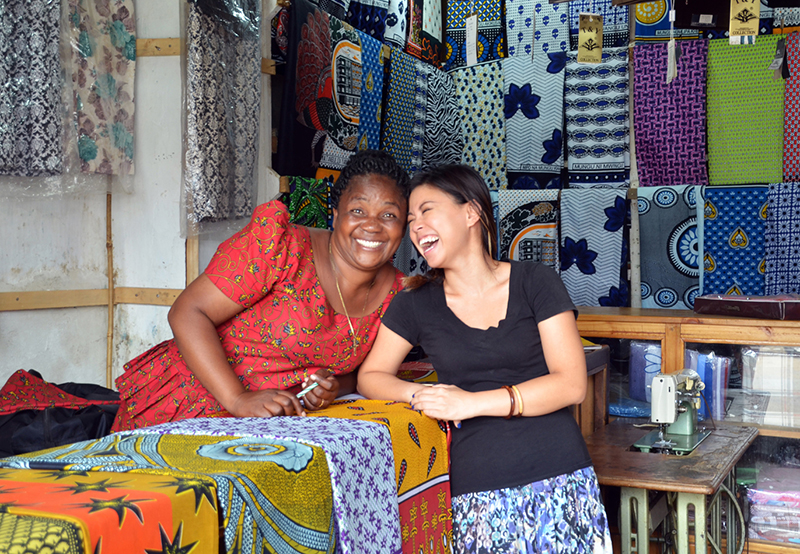






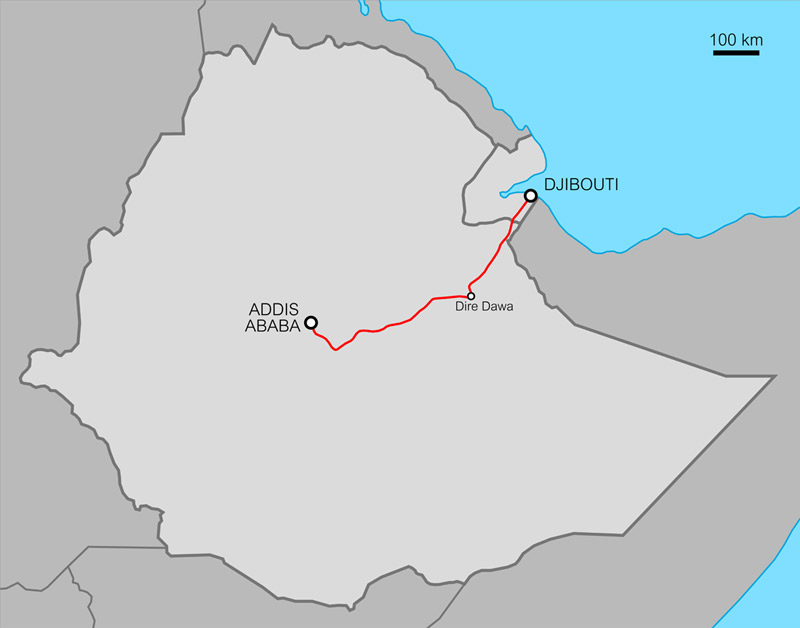
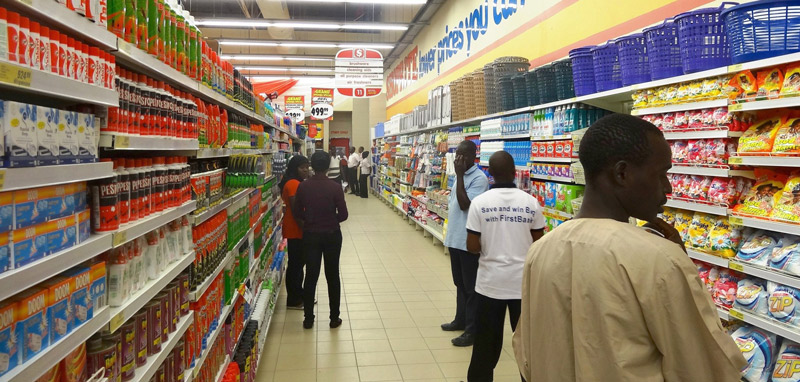






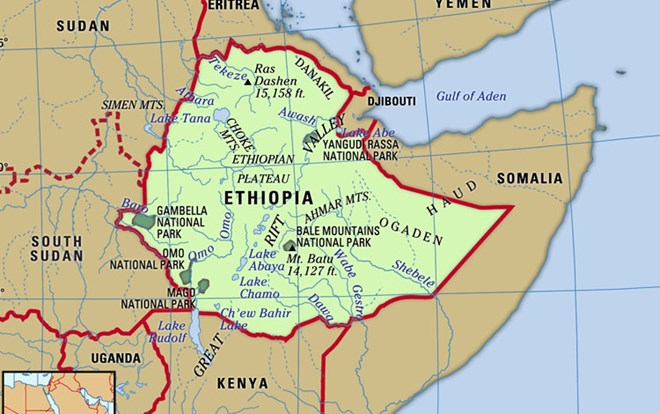





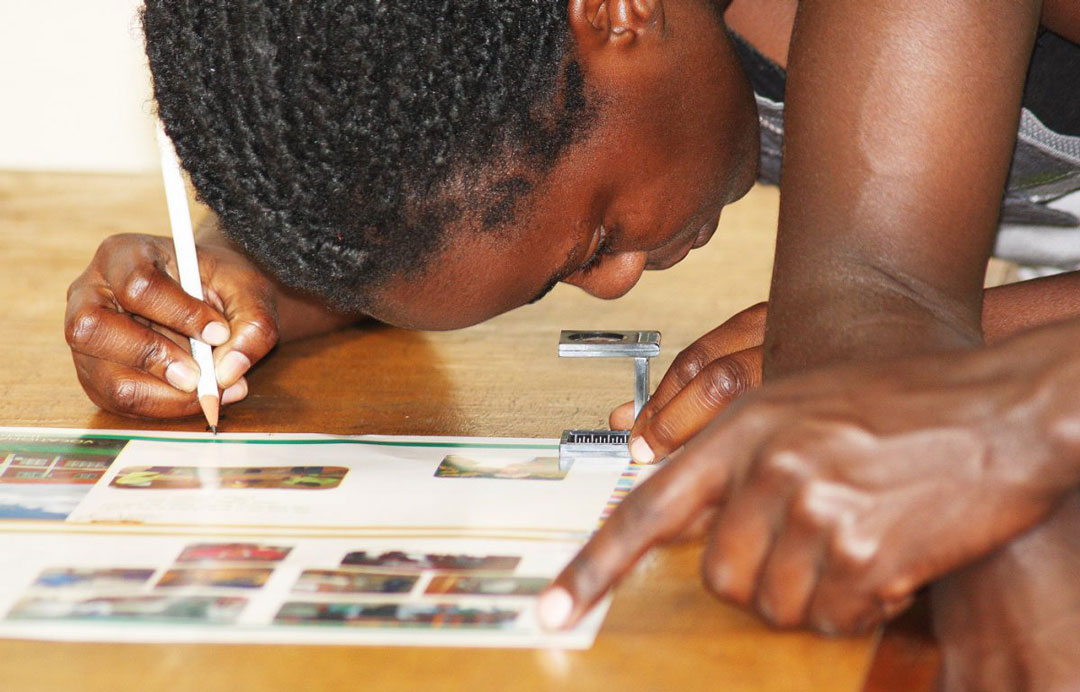



.png)
